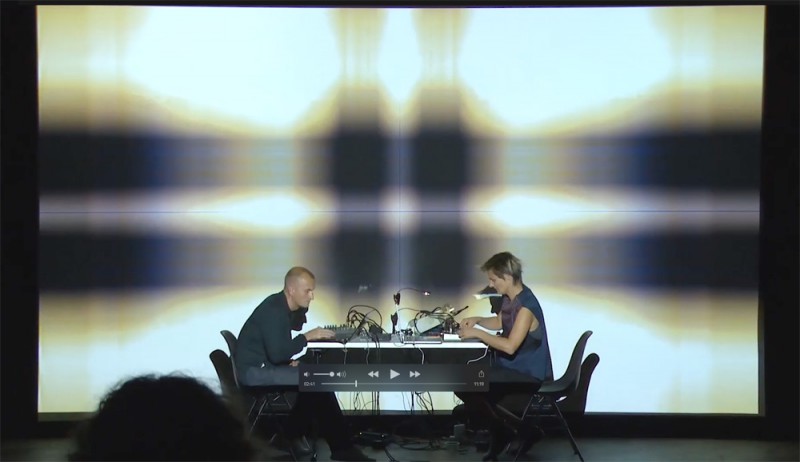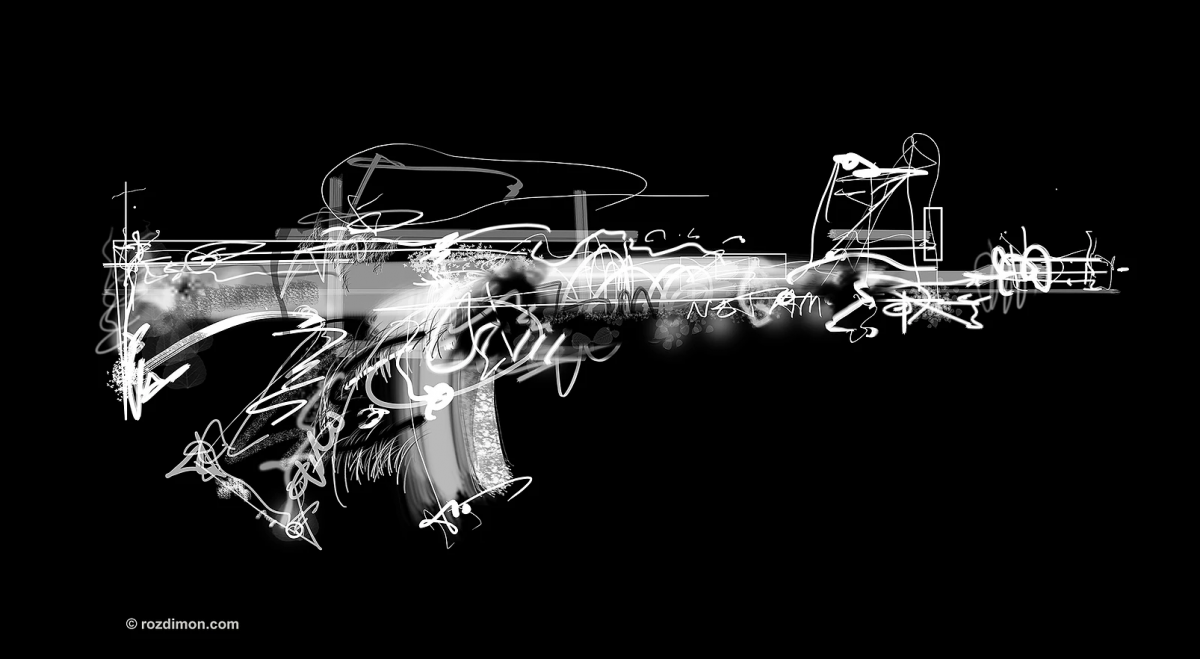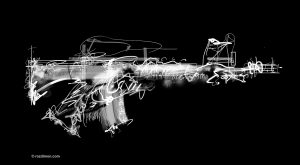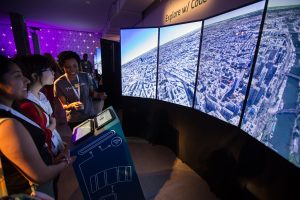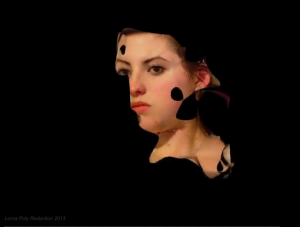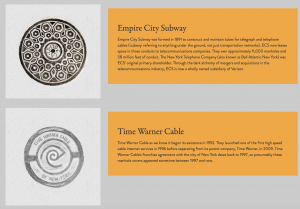Katherine Bennett

For this week’s looking outwards, I’m going to talk about an artist called Katherine Bennett. Katherine Bennett is a media artist. She utilizes sound and light to represent people, relationships and activities that happen in other spaces and times. She creates a delicate presence of these entities, mapping it over time and making it visceral. She utilizes programming and physical computing to create interactive and responsive multichannel installations and narratives. She earned her MFA from The School of the Art Institute of Chicago, in Art & Technology Studies. She has won several grants. Her work has been featured in many exhibitions nationally and internationally.
One of my favorite works of her is the Memory Capsules. Memory Capsules is a series where organic structures enshroud personal memories, protecting them from vanishing. Big P is a small felted structure that houses a small LCD screen, WiFi-enabled micro-controller, breathe sensor and LED’s along with custom software. When a puff of air breathes on the structure, a memory is stirred and appears on the screen. As our own breath sustains us, our memories sustain us and impact our identity.
This is a rather simple device, nor any of the codes are anyhow hard to generate. But I really appreciate the ideology of putting thought into how the most gentle interactive actions can be stimulating the most feelings. Memory Capsules seeks to nurture those memories by preserving them. As it’s said in the description: “technology’s role in our culture is called into question, as different algorithms curate and weave different narratives, while erasing others. These narratives may be erroneous. Is technology a “true” mirror? How much does it shape us with what we remember? ”
The narrative of this single object is woven by the nuances of the sensibilities we have and how the technology is informed in a much more reflective manner.

Memory Capsules: Big P (2015)
Felt, silk, breath sensor, LED’s, micro-controller, WiFi, LCD, custom software
5 x 5 x 4 inches
Katherine’s personal website: http://www.katherinebennett.net/index.html
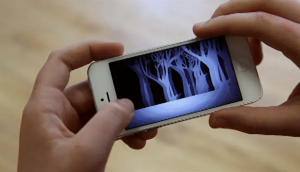
![[OLD FALL 2018] 15-104 • Introduction to Computing for Creative Practice](../../../../wp-content/uploads/2020/08/stop-banner.png)


